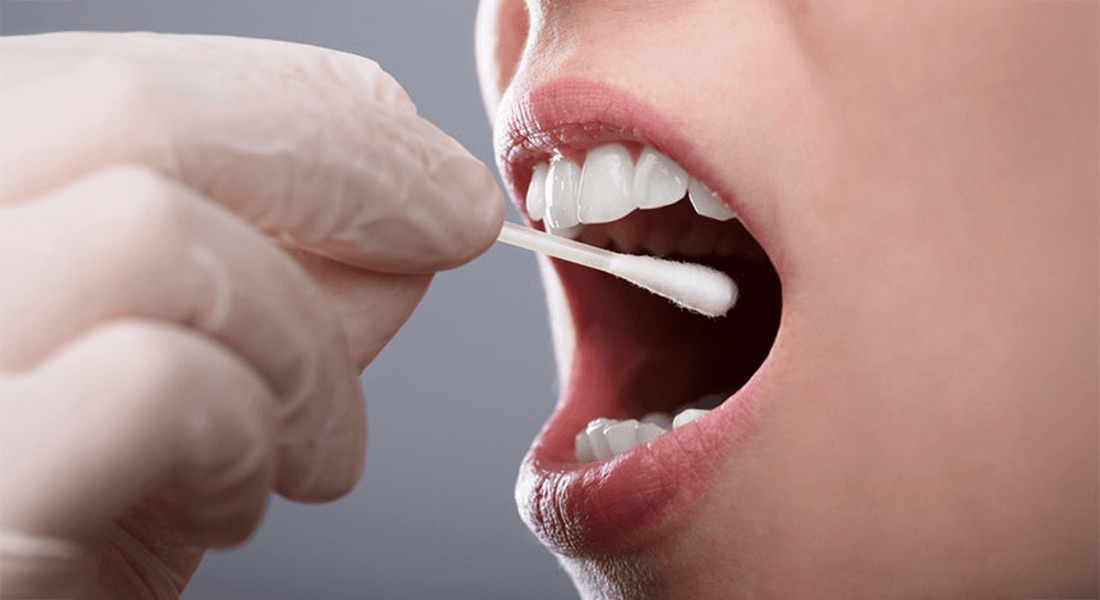Salivary biomarkers as a diagnostic tool in type 2 diabetes
The Deshmukh and Hansen Groups at CBMR have identified distinct molecular and taxonomic signatures in saliva that are associated with type 2 diabetes (T2D).

In a new paper by the Deshmukh and Hansen Groups, three specific bacterial genera as well several proteins of human origin were discovered as potential salivary biomarkers for T2D. Furthermore, the study reveals significant differences in the abundance of specific bacterial peptides as well as human proteins, indicating altered immune, lipid, and glucose metabolism regulatory systems in T2D patients.
This work is a great example of the synergistic effects a close collaboration between academia and the clinics can achieve. Here, CBMR Group Leaders Atul S. Deshmukh and Torben Hansen, the Protein Research Infrastructure at the Faculty of Health and Medical Sciences, and clinicians from the Steno Diabetes Centers in Copenhagen and Aarhus joined forces to leverage an ultrafast, state-of-the-art mass spectrometry-based workflow to profile the salivary host proteome and metaproteome associated with T2D.
“These findings open new avenues for research into the role of salivary biomarkers in understanding T2D pathophysiology. By identifying specific bacterial genera associated with T2D, future studies can focus on the species or strain level to better understand their individual roles in disease progression; eventually leading to the development of novel diagnostic tools and therapeutic strategies for early detection and management of T2D.
Additionally, the research highlights the importance of the oral microbiome in systemic diseases, suggesting that interventions targeting oral health may have broader implications for metabolic health.” says Associate Professor Atul S. Deshmukh.
🎞Watch the journal’s video abstract to learn more about the discovery!
